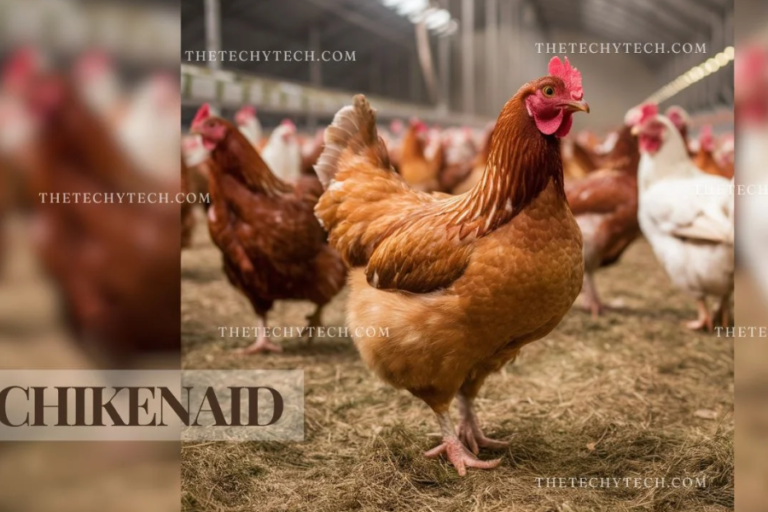Ancient Wisdom in Modern Times: The Legacy of Beldames
In literature and history, the term “beldames” conjures images of elderly women, often portrayed with a blend of wisdom and menace. The “weird sisters” in Shakespeare’s Macbeth are perhaps the most iconic representation of this archetype, blending ancient knowledge with a mysterious, almost sinister influence over the events of the play. But what does this concept mean in a modern context, particularly in relation to the keyword “beldames nyt“? Let’s explore how the image of the beldame has evolved and how it continues to resonate in contemporary culture.
Origins
The term “beldame” originally referred to an old woman, with “belle” meaning beautiful in French, and “dame” meaning lady. However, over time, the term took on more negative connotations, often being used to describe a woman who is old, unattractive, and sometimes even malevolent. This shift in meaning reflects a broader cultural discomfort with aging, particularly in women, where beauty and youth are often prioritized over wisdom and experience.
Shakespeare’s Influence
In Macbeth, Shakespeare’s portrayal of the three witches as “weird sisters” is a powerful embodiment of the beldame archetype. These characters are not just old women; they are repositories of dark, mystical knowledge that guides the narrative’s tragic course. Their depiction as eerie, foreboding figures who wield significant influence over the fate of Macbeth highlights the duality of the beldame figure—wise yet dangerous, ancient yet still potent in their impact.
Modern Interpretations
In contemporary times, the beldame archetype has found new life in various forms of media, from literature to film and television. The fascination with older women who possess hidden knowledge or power persists, often manifesting in characters who are both revered and feared. This duality is evident in characters like Professor Minerva McGonagall from the Harry Potter series or the Oracle from The Matrix—both embody the wisdom of age but are also portrayed as formidable figures who should not be underestimated.
NYT and the Beldame
When we consider “beldames nyt,” we might think of how the New York Times and other media outlets portray elderly women in society. Are they depicted as wise, experienced figures, or are they marginalized as irrelevant and past their prime? This question reflects broader societal attitudes towards aging and the value we place on the knowledge and experience that comes with it.
The beldame, in this context, can be seen as a metaphor for the role of older women in today’s world—still powerful, still influential, but often misunderstood or undervalued. The New York Times and other prominent publications play a crucial role in shaping these perceptions, either reinforcing or challenging traditional views of aging.
Beldames in Pop Culture
The image of the beldame has also been appropriated and transformed in popular culture. In many ways, the modern “beldame” is not just an elderly woman but a symbol of resilience and endurance. Characters like Granny Weatherwax from Terry Pratchett’s Discworld series or the Dowager Countess from Downton Abbey are celebrated for their sharp wit and unyielding strength, embodying the positive aspects of the beldame archetype.
These characters challenge the negative connotations traditionally associated with the term, presenting a more nuanced and empowering view of older women. They are not just relics of the past but active participants in the present, shaping the world around them with their unique blend of experience and insight.
Wisdom vs. Power
One of the key themes associated with the beldame archetype is the tension between wisdom and power. In many stories, beldames possess knowledge that others do not, giving them a unique form of power. However, this power is often viewed with suspicion or fear, as seen in the portrayal of the witches in Macbeth.
In today’s society, this tension is reflected in how we view older women in positions of authority. Are they respected for their wisdom, or are they seen as threats to the established order? This question is particularly relevant in fields like politics, where the experience of older women is often undervalued or dismissed in favor of younger, seemingly more dynamic candidates.
Cultural Shifts
As our culture evolves, so too does the image of the beldame. There is a growing recognition of the value of older women’s contributions, both in the workplace and in society at large. Movements like the rise of “silver economy” or the increasing visibility of older women in media are challenging traditional narratives and creating new opportunities for beldames to reclaim their rightful place in the cultural landscape.
This shift is also evident in the changing portrayal of older women in the news. Rather than being relegated to the background, they are increasingly recognized as important voices in conversations about social, political, and economic issues. The New York Times and other major outlets are beginning to highlight the achievements and perspectives of older women, reflecting a broader cultural shift towards valuing their contributions.
Conclusion
The concept of “beldames” has a rich and complex history, rooted in both admiration and fear. From Shakespeare’s witches to modern-day media, the beldame has been a symbol of wisdom, power, and resilience. As our society continues to grapple with issues of aging and gender, the image of the beldame remains as relevant as ever.
In a world that often prioritizes youth and beauty, the beldame stands as a reminder of the enduring value of experience and knowledge. Whether in literature, film, or real life, these figures challenge us to rethink our attitudes towards aging and to recognize the unique strengths that come with it. As we move forward, the legacy of the beldame will continue to shape our understanding of what it means to be wise, powerful, and, ultimately, timeless.






